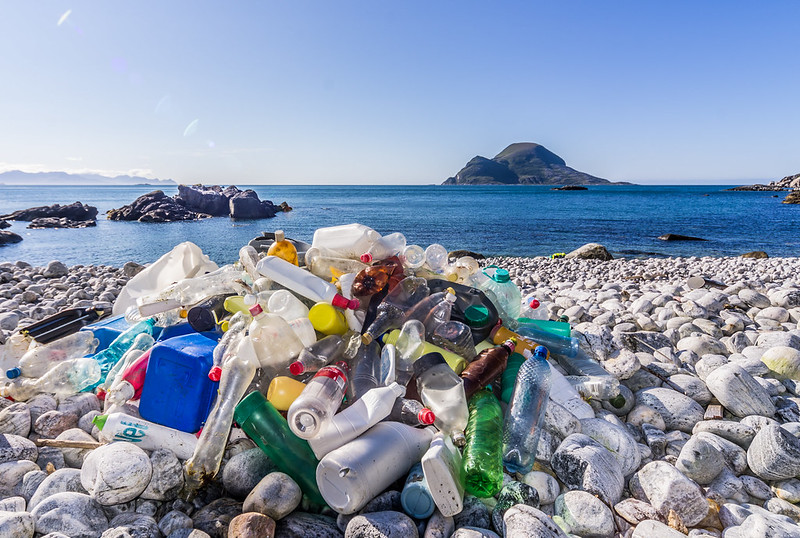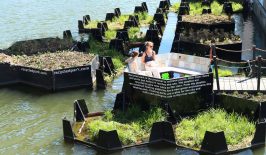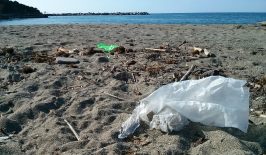If you’ve been on any kind of social networks in the past few weeks, you’ve maybe already seen the video from Parley for the Oceans. Showing the sea at the beach in Santo Domingo, the capital of the Dominican Republic, where the waves are made of plastic, rather than water, it’s a shocking look at the realities of plastic waste pollution in the world’s oceans.
According to Parley for the Oceans – an organisation that works to reduce plastic waste in the world’s oceans – together with volunteers they gathered up more than 30 tons of plastic in just three days. It’s a reminder of the thousands of tons of plastic that are present in our oceans – but normally so far from coasts that they’re out of sight. Plastic pollution, and other waste, is a huge global problem – and it’s high time to do something about it.
Digitale Communities as part of the solution
While manufacturers have a big role to play – reducing plastic in their packaging and looking for alternatives – we too as consumers need to develop conscious approach to minimising their use of plastic. That’s all well and good for the future, but what happens to all of the waste that has already been produced and is piling up in our environment? And can we use digital technologies to try and find a solution?
The answer is: yes! Digital communities can be part of the solution when enough people participate (in the analogue world, of course). Here are just a few of the apps that are working on bringing people together to tackle the problem.
Litterati
The Litterati app is probably the most popular in terms of global users, and was developed in the USA. Users photograph, geotag and remove garbage that they find on the streets and parks of their neighborhood. As well as users directly disposing of the waste, data about the type of waste, the manufacturer and the location where it was found is also collected in order to develop sustainable solutions in cooperation with companies and organisations. According to their own report, users were able to collect over 1.6 million pieces of waste by mid-July 2018 – the largest proportion of which was plastic waste. In a TED Talk – named “This app makes it fun to pick up litter” – the founder of Litterati, Jeff Kirschner, gives a small insight how the app came to be.
OpenLitterMap
OpenLitterMap is an open source website that collects information for research purposes – helping to create a clearer understanding of what and where litter is collecting, and where it comes from. The way it works is similar to Litterati, except that the OpenLitterMap is a website rather than an app. The project originates from Ireland and has the most entries there, although there is information there from all over the world. By June 2018, almost 38,000 entries of waste had been logged and verified.

World Clean Up App
The World Clean Up app allows users to quickly and conveniently flag illegal dumping and fly-tipping sites, in preparation for a global cleanup in the autumn of 2018. The organisation behind the app – Let’s Do It – hope to be the instigators of the “biggest positive civic action the world has seen” – armed with the World Clean Up app, they hope to mobilise their 18 million global volunteers on September 15th for a deep cleanse of their neighbourhoods.
Cleaning up the sites is only part of the endeavour. Central to the Let’s Do It toolkit is the mapping component of the app, dubbed MAPTRASH. Based on Google Maps, MAPTRASH aims to build up authoritative local, and ultimately global, maps of illegal dumping. As well as providing a quantitative basis of the eventual clean-up, MAPTRASH also helps to mobilise local volunteers, provide data to various agencies and backup Let’s Do It’s advocacy efforts.
This article is a translation by Marisa Pettit of an original article which first appeared on RESET’s German-language site.





